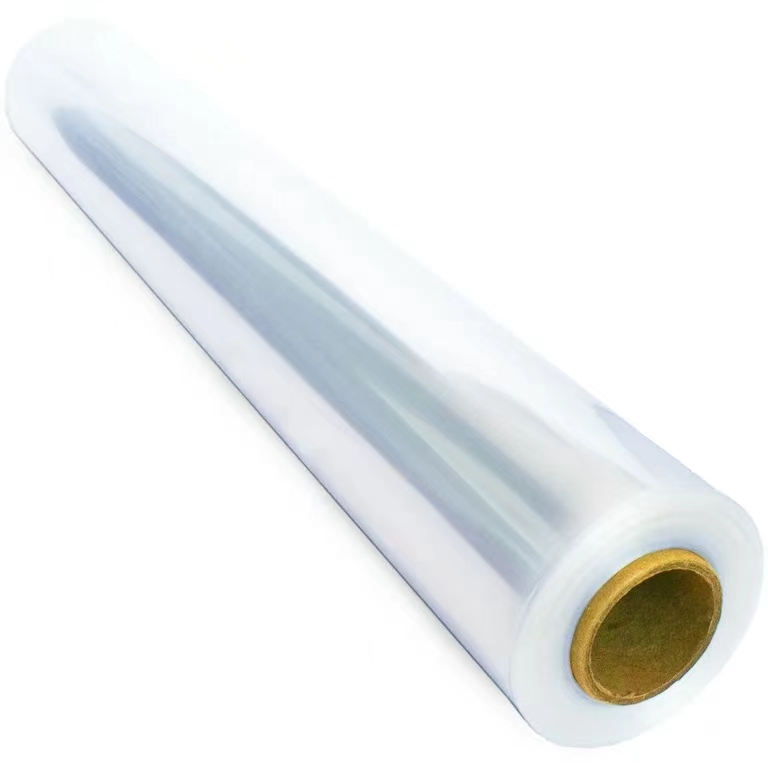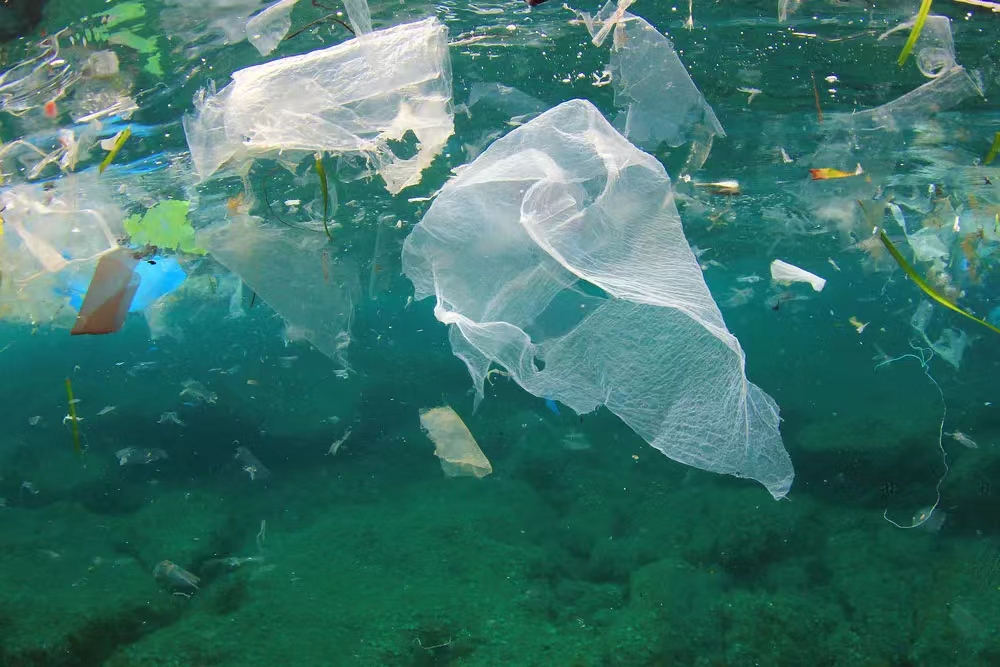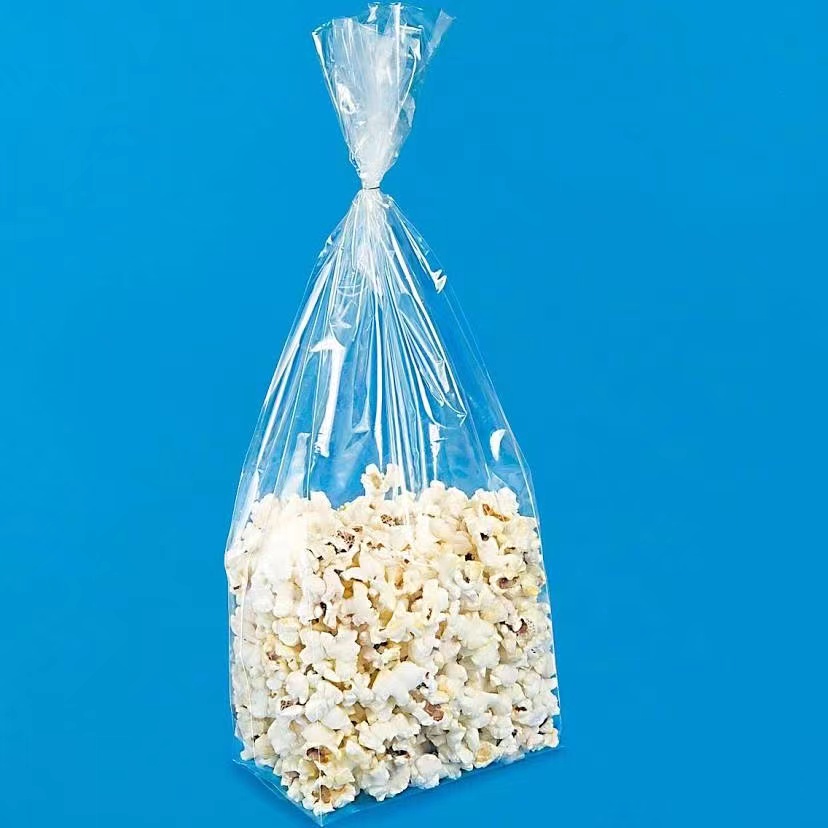Plastic bags, which were once considered a novelty in the 1970s, are today a ubiquitous item found in every corner of the globe. Plastic bags are being produced at a pace of up to one trillion bags every year. Thousands of plastic companies worldwide make tons of plastic bags widely used for shopping due to their simplicity, low cost, and convenience.
Plastic bag trash creates pollution in a variety of ways. A lot of different data demonstrate that plastic bags pollute the environment and harm human and animal health in urban and rural regions. One issue is the loss of natural beauty and associated with plastic wastes is the mortality of domestic and wild animals. This might be due to inadequate waste management and/or misunderstanding about the detrimental effects of plastic bags.
Growing concern about the impact of plastic bags on the environment and agriculture has led several governments to prohibit them. It is crucial to alleviate the difficulties concerning plastic bag waste because market goods earlier were carried in paper, cotton, and indigenous baskets. Liquids were stored in ceramic and glass containers. People should be trained not to use plastic bags instead of fabric, natural fibres, and cellophane bags.
Now we use cellophane in many ways – food preservation, storage, gift presentation, and product transportation. It is pretty resistant to bacteria or microbes in general, air, moisture, and even heat. This makes it a go-to option for packaging.
Cellophane is a thin, transparent and glossy film made of regenerated cellulose. It is produced from shredded wood pulp, which is treated with caustic soda. The so-called viscose is subsequently extruded into a bath of dilute sulfuric acid and sodium sulfate to regenerate the cellulose. It is then washed, purified, bleached and plasticized with glycerin to prevent the film from becoming brittle. Often a coating such as PVDC is applied on both sides of the film to provide a better moisture and gas barrier and to make the film heat sealable.

Coated cellophane has low permeability to gasses, good resistance to oils, greases, and water, which makes it suitable for food packaging. It also offers a moderate moisture barrier and is printable with conventional screen and offset printing methods.
Cellophane is fully recyclable and biodegradable in home composting environments, and will typically break down in just a few weeks.
What are the benefits of cellophane?
1.Healthy packaging for food items is among the top cellophane bag uses. As they are FDA approved, you can safely store the edible items in them.
They keep the food items fresh for long after being heat sealed. This counts as a benefit of cellophane bags because they increase the shelf life of the product by preventing them from water, dirt, and dust.
2.If you have a jewelry store, you need to order cellophane bags in bulk because they’ll be of use to you! These clear bags are perfect for keeping little jewelry items in your store. They protect them from dirt and dust particles and allow a fancy display of the items to the customers.
3.Cellophane bags are perfect to be used for the safekeeping of screws, nuts, bolts, and other tools. You can make small packets for every size and category of the tools so you can find them easily when needed.
4.One of the benefits of cellophane bags is that you can keep the newspapers and other documents in them to keep them away from water. Though dedicated newspaper bags are also available at Bags Direct USA, just in case of emergency, the cellophane bags will serve as the perfect choice.
5.Being lightweight is another benefit of the cellophane bags that do not go unnoticed! With that, they occupy minimum space in your storage area. Retail stores are in search of the packaging supplies that are lightweight and occupy less space, so, cellophane bags fulfill both the purposes for the retail store owners.
6.Availability at an affordable price also falls under cellophane bags benefits. At Bags Direct USA, you can avail these clear bags in bulk at amazingly reasonable rates! You don’t need to worry about the cellophane bags price in USA; if you want to order them in wholesale, just click on the given link and place your order right away!
The Disadvantage of Plastic Bags
Plastic bag waste endangers human and animal health because they are thrown into landfills globally, taking up tonnes of space and emitting harmful methane and carbon dioxide emissions, as well as highly hazardous leachates.

Because plastic bags take a long time to disintegrate, they damage the environment. Sun-dried plastic bags generate harmful molecules, and burning them releases toxic elements into the air, causing pollution.
Animals often mistake the bags for food and eat them and may get entangled in plastic bags and drown. Plastics
are increasingly ubiquitous in the marine ecosystem, requiring immediate action contamination in marine and freshwater habitats has only lately been highlighted as a worldwide concern.
Trapped shoreline plastic harms shipping, energy, fishing, and aquaculture. Plastic bags in the oceans is a major worldwide environmental problem. Increased contamination from processing or airborne pollutant sources. Compounds leaking from plastic bags have been linked to increased toxicity levels.
Plastic bags threaten both marine and agricultural life. As a result, plastic bags have unwittingly depleted necessary earth resources, including oil. Environmental and agricultural productivity is threatened. Unwanted plastic bags in the fields are destructive to agriculture, causing ecological degradation.
Plastic bags should be banned worldwide and replaced with biodegradable alternatives for all these reasons and cellophane bags are a suitable alternative being more eco-friendly.
Advantages Of Using Cellophane Bags
Although manufacturing cellulose packaging is complex, cellulose bags have multiple benefits over plastic bags. Apart from being a plastic substitute, cellophane has several environmental benefits. 
- Cellophane is a sustainable product made from bio-based, renewable resources since it is made from cellulose derived from plants.Cellulose film packaging is biodegradable.
- Uncoated cellulose packaging biodegrades between 28-60 days, whereas coated packaging takes between 80-120 days. It destroys in the water in 10 days, and if it’s coated, it takes about a month.
- Cellophane may be composted at home and does not need a commercial facility.
- Cellophane is inexpensive compared to other environmentally friendly plastic alternatives, a byproduct of the paper industry.
- Biodegradable cellophane bags are moisture and water vapour resistant.
- Cellophane bags excellent option for storing food items. These bags are perfect for baked goods, nuts, and other oily items.
- Cellophane bags may be sealed using a heat gun. You can heat, lock and safeguard food items in cellophane bags fast and efficiently with the correct instruments.
Impact of Cellophane Bag Decomposition on the Environment
Cellophane, also known as cellulose, is a synthetic resin of long chains of glucose molecules that decompose into simple sugars. In the soil, these molecules become absorbable. Microorganisms in the soil break down these chains due to their feeding on cellulose.
In a nutshell, cellulose decomposes into sugar molecules that microorganisms in the soil may simply consume and digest. As a result, the breakdown of cello bags has no impact on the environment or biodiversity.
This aerobic decomposition process does, however, produce carbon dioxide, which is recyclable and does not end up as a waste product. Carbon dioxide, after all, is a greenhouse gas that contributes to global warming.
Feel free to discuss with William: williamchan@yitolibrary.com
Tobacco Cigar Packaging – HuiZhou YITO Packaging Co., Ltd.
Post time: Nov-03-2023
